Hydroponics with Bims (pumice)
If organic or inorganic materials to be used as plant growth medium are used as a single or as a mixture, it is desirable to highlight the good properties and to eliminate or minimize the disadvantages.
The materials to be used as single or as a mixture should have some properties.
These;
Pumice potential use in soilless culture in Turkey in environments with high (BIMS) and has a special place in perlite. Because there are very rich pumice (pumice) and perlite beds in various regions of our country. The use of perlite as a plant growth medium after expanding its high energy significantly increases the cost. Pumice (pumice), without the need for expansion process can be used. The presence of crushing and screening plants is sufficient to bring only the desired grain size.
According to TS standards, pumice (pumice) is defined as a volcanic substance with spherical silicate-based, spherical silicate-based, with a unit volume weight of less than 1 g / cm3, with a hardness of 6 and a glassy texture. During its formation, it contains numerous pores from macro scale to micro scale due to sudden abrasion of the gases in the structure and sudden cooling. Permeability is low since it is generally free of interconnected pores. Pumice (bims); The presence of crystal water, color and porosity are similar to similar volcanic rocks. It is a lightweight, long-floating, high insulation rock.
Erzurum-Pasinler and Van-Erciş Pumice (pumice) were determined by determining the various characteristics, landless agriculture in terms of compatibility with perlite were compared. Pumice (pumice) can be used as a plant growing medium in greenhouses given the determined characteristics. At the end of the study, water permeability of the material is sufficient, water holding capacity is high in low blood pressure, high porosity and high air ventilation conditions are found to be good. it will be appropriate.
In the experiments carried out by taking tomato plants in Iceland, the yield obtained from pumice (pumice) is equivalent to rock wool, because it is a cheap and environmentally friendly material.
Pumice (bims) grown in the environment of cucumbers reported that the yield is higher than both soil and perlite.
In addition to all these, the pumice (bims), buffering capacity and cation exchange capacity values that are required to be used as growing media are almost negligible. This means that there may be sudden changes in the root environment in terms of pH salinity and nutrients, and that the plants can be damaged by these plants.
It is recommended that the pH of the nutrient solution in hydroponic culture is generally kept between 5.5-6.0. The capacity of the medium to resist the pH change is also called the buffer capacity. The pH of the solution can be changed in a short time during the uptake of anions and cations by plants in soilless cultivation. The high buffer capacity indicates that the plants will be affected by sudden pH changes in the environment.
The cation exchange capacity, which is closely related to productivity and plant nutrition, increases as the texture is finer and the amount of organic matter increases, while Fe and Al oxides cause a limited increase. With the absence of these two features, it can be seen that the use of pumice (bims) as a cultivation medium reduces the yield to a lower level and makes it more risky. Therefore, using pumice (bims) with other materials that can improve these properties will give better results.
Result;
Outside the soil, the material to be used as a growing medium has a pore distribution that will not cause problems in the aeration, drainage, water retention and water transmission; low thermal conductivity is one of the desired properties. The low cation exchange capacity of pumice (pumice) does not prevent the use as a growing medium.
Higher efficiency and more successful aquaculture Pumice (BIMS) as yla say in yapılabilir.yukarı by mixing the other materials or material having a high cation exchange capacity in Turkey may provide a plentiful in many regions and cheap and growing medium without requiring significant preparation process and land as regulators It is conceivable to mix the zeolite, a material with a high cation exchange capacity, with pumice (bims).
In such a mixture where the good properties of pumice (bims) will be maintained, the application intervals will be more easily regulated and the nutrient solution will be saved. The nutrient solution of the plant will be saved. As the use of the nutrient solution of the plant is increased, the yield will be increased. The size and mixing ratios of pumice and zeolite should be determined by investigating for different plants.
Ö. Anapalı & S. ÖrsEarthquake hazard: Atatürk University, ERZURUM


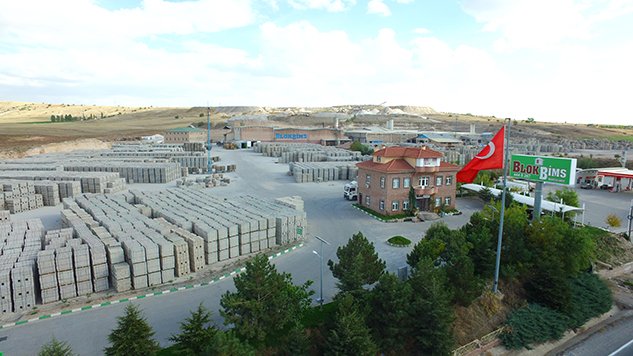
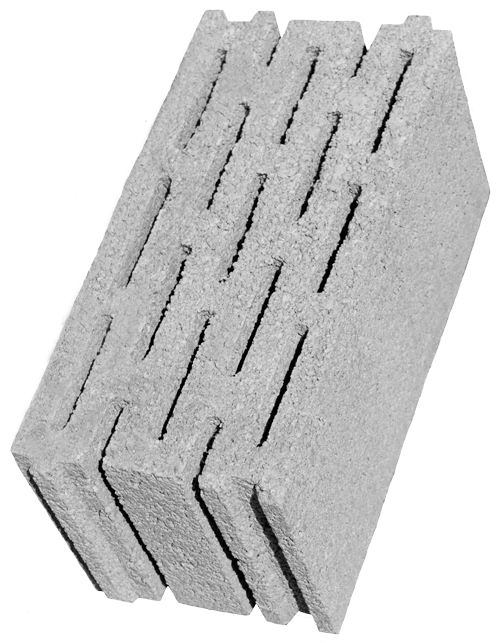
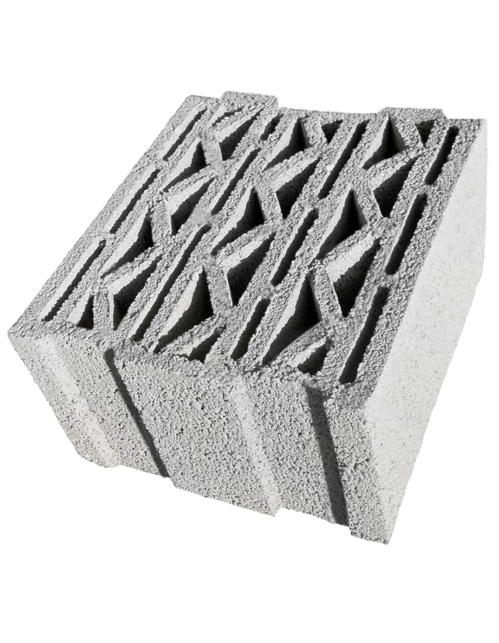
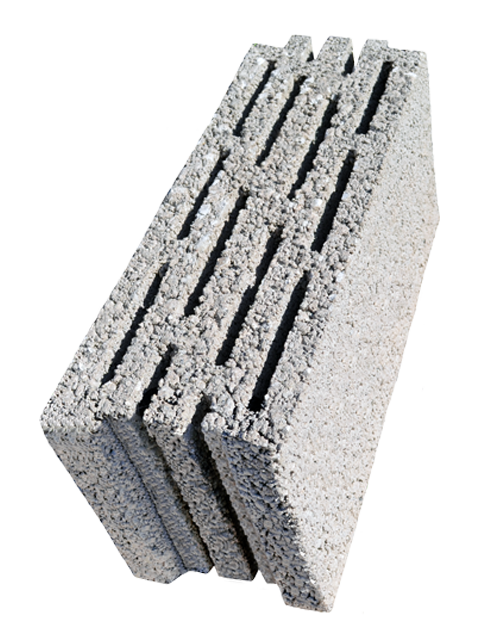
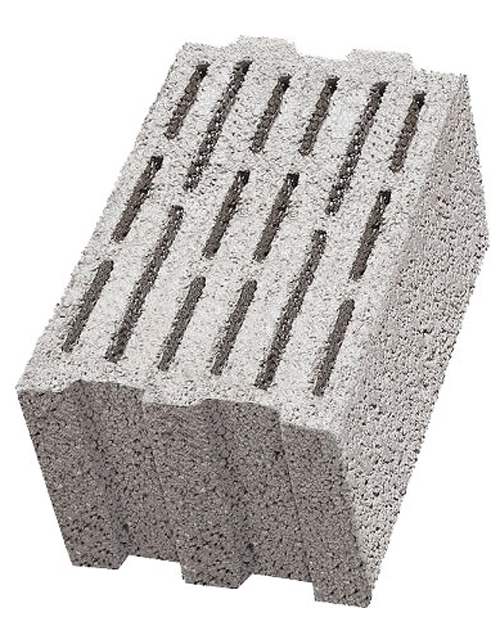
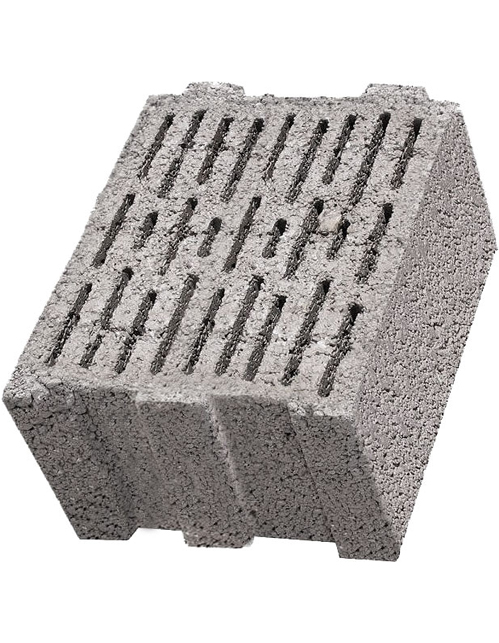
 organization. All rights reserved.
organization. All rights reserved.